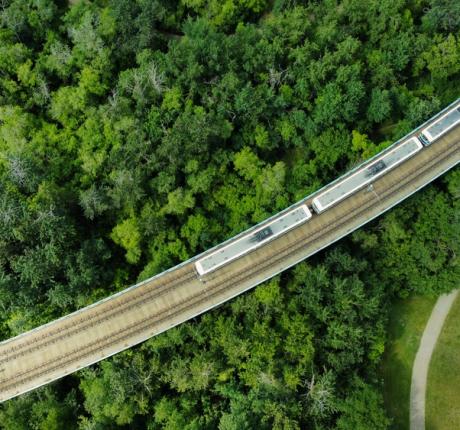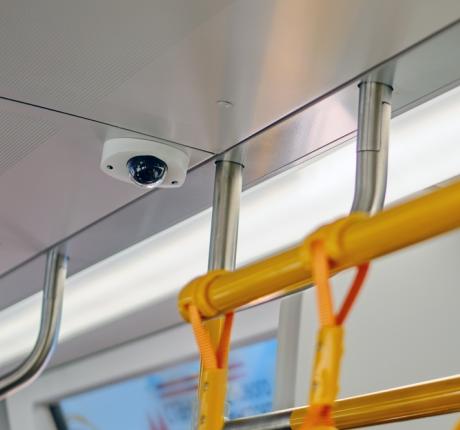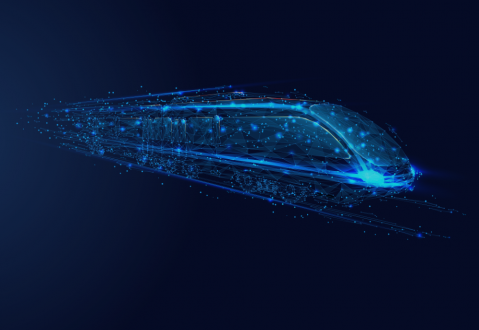
"Digital twins are a game changer"
Industry trends
Digital twins are revolutionizing the railway industry, enabling engineers to make simulations using the virtual version of trains to predict good and bad outcomes.
Digital twins integrate IoT, artificial intelligence, machine learning and software analytics with spacial network graphs to create living digital simulation models that update and change alongside their physical counterparts.
They take up the form of virtual, three-dimensional working models of complete trains or individual components such as bogies.
In a nutshell
- Rail engineers can use digital twins of trains or train parts to make simulations.
- This changes the way both track and train are maintained.
- The digital life cycle will unleash incredible value in the future.
Stay up-to-date! Subscribe to our news today.
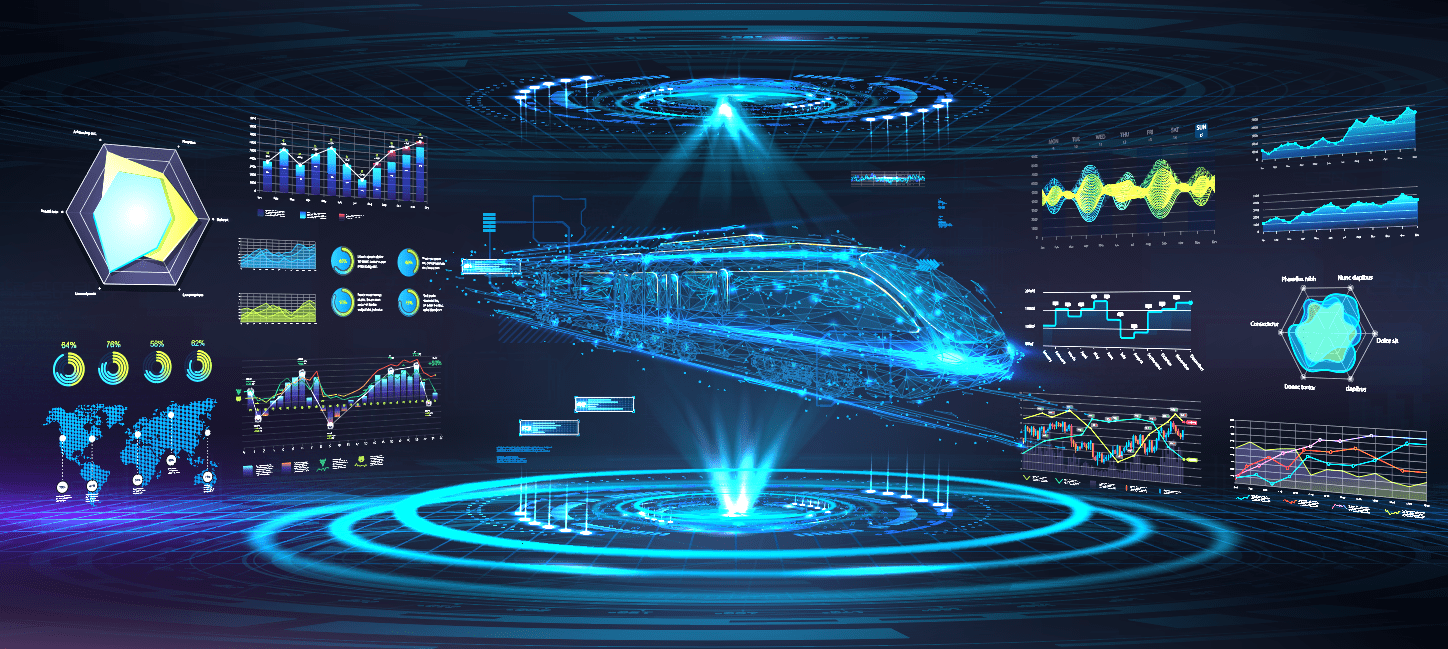
Digital life cycle
This shift to model-based engineering completely changes the maintenance cycle of the rail industry. Although the history of rail maintenance had always been reactive - driven by time or distance - predictive analytical algorithms are now changing the way both track and train are maintained. At the start of this decision chain is the sensor and the industry has learnt the benefit of two key lessons with sensor operation and type.
- Vibration analysis is the best indicator of wear.
- Continuous monitoring at all speeds and at all times is vital.
“Now that the rail industry sees value in predictive analytical algorithms, the digital life cycle will unleash incredible value in the future”, says Carl Eeckhout, R&D associate at Televic GSP. “Soon full integration of all systems will be a reality and Artificial Intelligence will take much of the decision making responsibility.”
"Artificial Intelligence will take much of the decision making responsibility."
- Carl Eeckhout
R&D associate specialized in Condition Based Maintenance
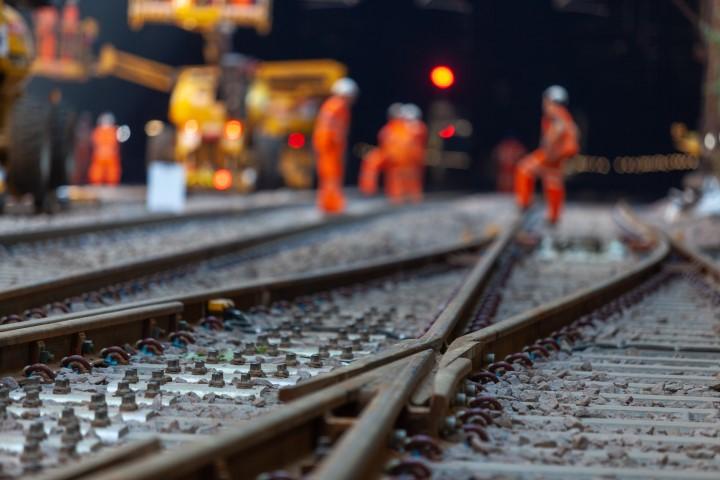
Growing data lake
For the first time train builders are now able to offer a complete solution to operators: bogie mounted sensors, data collection systems, analytical software and decision driving dashboards integrate with current maintenance systems to provide an overview of the entire fleet.
The result? Maintenance costs are reduced, the fleet reliability improves and combined data sets from multiple trains enable trend analysis and highlight issues related to environmental factors and operational needs.
This ‘data lake’ grows in value and opportunities for analysis, reinforcing the need for expert analytical tools and subject matter expertise. And there is more: with minimal expense and using the same sensors tracks can be included in the detailed digital picture. In that way repair crews and equipment can be pre-positioned to further reduce operational cost and delays to operations.
As was said by Jeff Weiner,
“Data really powers everything that we do”
About the author: Carl Eeckhout
Carl Eeckhout is an R&D associate specialized in Condition Based Maintenance for rail. He has been with Televic GSP since 2003, where he headed several research projects on mechatronics. Research activities include dynamic visualization, adaptive anomaly detection and multi-sensor system design. Carl is deeply involved into the emerging machine learning techniques and combines them with physical based models to offer rail professionals the device flexibility they are looking for.


